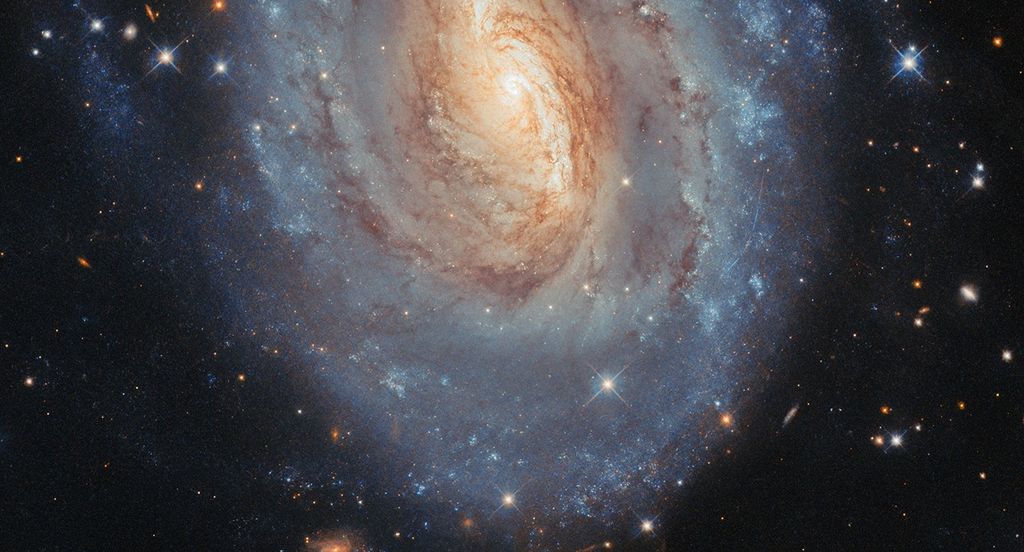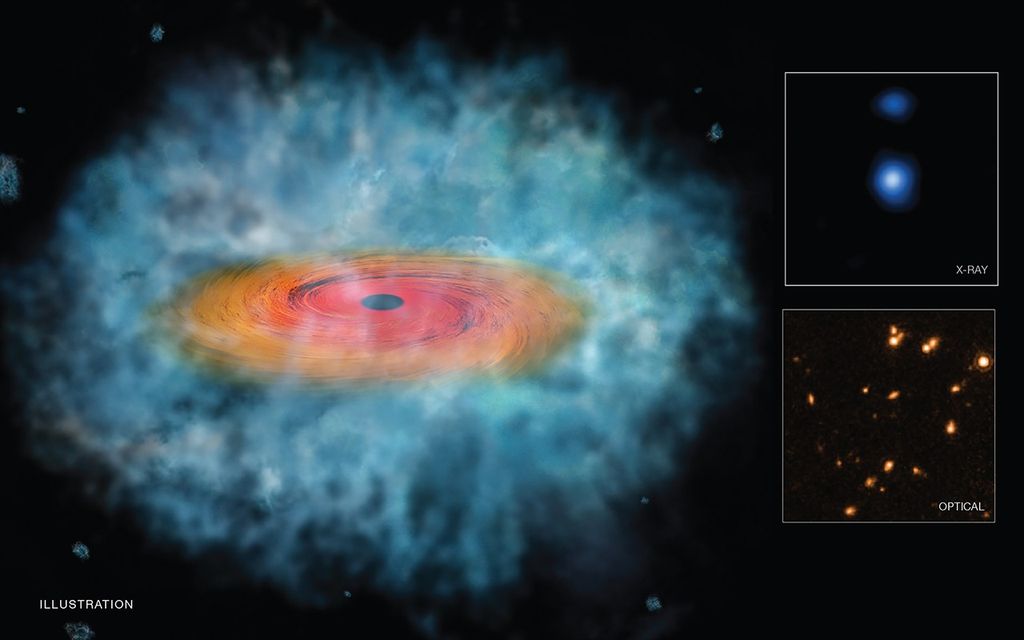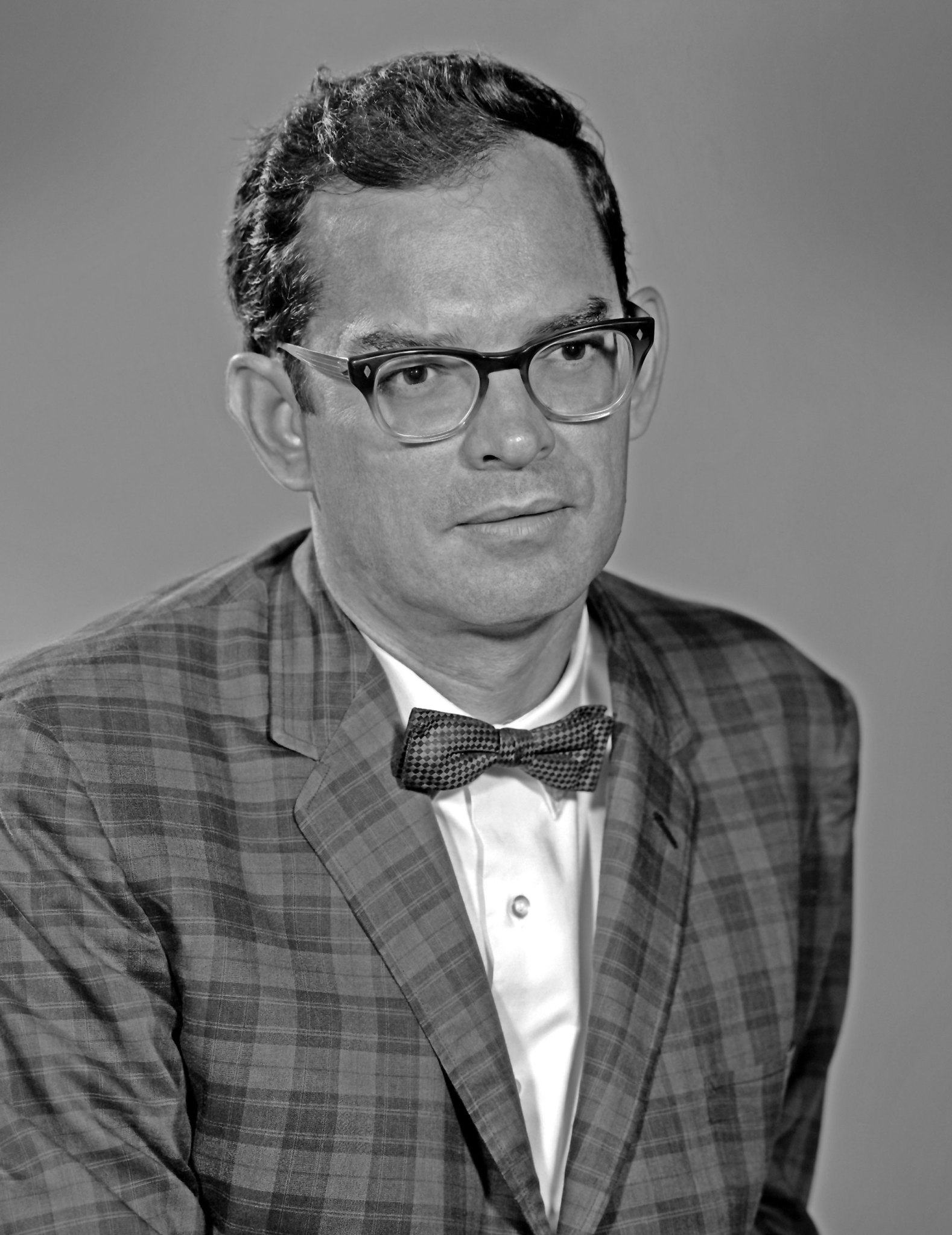Norman L. Crabill
Norman L. “Norm” Crabill (1926– ) had an extraordinary 36-year career at the NASA Langley Research Center, during which he made major contributions to the research activities of the NACA and NASA in aeronautics and space programs. These accomplishments included key roles during critical Langley programs including rocket-boosted supersonic model research, satellite launches, lunar observations, missions to Mars, and characterization of phenomena in severe storms.
Crabill was born in Washington, D.C., where he attended Catholic University and earned a bachelor of science degree in aeronautical engineering in 1949. He joined the NACA Langley Aeronautical Laboratory in 1949, and later earned a master of aeronautical engineering degree from the University of Virginia in 1958, via the Langley on-site graduate program.
He started his Langley career as a member of the Pilotless Aircraft Research Division (PARD), which had initiated major rocket-related research programs, and had founded the Wallops Flight Station. The PARD mission was to conduct rocket and missile flight tests as well as rocket-boosted free-flight model tests to determine high-speed performance and stability and control of emerging supersonic aircraft and missile configurations. From 1949 through 1963, Crabill performed supersonic and transonic flight tests of model aircraft and missile designs, and participated in the preorbital flight tests of the NASA Echo I and II inflatable communication satellites (Project Shotput). Echo was a highly successful passive reflector that relayed signals around the curvature of the Earth, and provided instantaneous world-wide communications for the first time in August 1960. In addition to other responsibilities during Echo, Crabill was responsible for the use of a real-time video downlink from the THOR rocket booster to observe the inflation of the Echo II balloon during a suborbital test from Cape Canaveral.
In September 1962, President Kennedy announced that the nation was committed to landing a man on the moon; but first, considerable research was required to determine acceptable landing sites in a program known as the Lunar Orbiter Project. Managed by Langley, all five of the planned Lunar Orbiter missions were successful. Crabill was head of the Lunar Orbiter Mission Design Team. For the 3-year duration of the Lunar Orbiter Project, he had responsibilities for mission design and participated in the selection of the lunar surface sites to be photographed for early Apollo landings. He was also responsible for the concept of mapping the moon on the fourth and fifth missions. This activity discovered and mapped irregularities in the lunar gravitational field, which was important to the Apollo program.
Following the successful Lunar Orbiter Project, he served as the Mission Analysis and Design Manager for NASA’s Mars Viking Project. In this role, he participated in proposal evaluations and directed mission design efforts. He also served on the Landing Site Selection Working Group during mission operations. The historic Viking Project became the first U. S. mission to land spacecraft safely on the surface of Mars and return images of the planet and its surface in 1976.
After Viking, Crabill initiated an effort known as the Digital Flight Data Recorder Program, which used over 5,000 airliner flight recorder magnetic tapes to derive statistical measurements on how emerging wide-body civil transport aircraft (such as the B-747, DC-10, and L-1011) were being operated. The results of the study served as critical information for aircraft designers, engineers, and the FAA for this new class of transports.
In response to a request from NASA Headquarters, Mr. Crabill developed and managed the Langley Storm Hazards Program to research the prediction, detection, operating procedures, and design criteria involved in operating aircraft in heavy precipitation, wind shear, turbulence, and lightning. Following a survey of potential aircraft as a carrier of experiments, he selected an F-106B aircraft on loan from the NASA Lewis (now Glenn) Research Center. Crabill’s program provided data from in-flight measurements of direct-strike lightning characteristics to determine the threat to aircraft constructed of composite materials and using digital systems. The program also provided unprecedented data on the location and strength of severe storms. The resilience of the F-106B was proven when it safely conducted 195 research flights and received 714 direct lightning strikes, many of which were triggered by the presence of the aircraft– a new discovery. The program is widely regarded as one of the most successful flight projects ever conducted by Langley, and the F-106B is currently on display at the Virginia Air and Space Center in Hampton, Virginia.
Norm Crabill retired from NASA in 1986. He has 43 publications to his credit, and holds patents for the first practical cockpit weather-data link system and a rocket vehicle-control system. He currently resides in Newport News, Virginia.
He received numerous honors and awards during his outstanding career:
- NASA Group Achievement Award to Lunar Orbiter Spacecraft and Operations Team (1967)
- NASA/LaRC Special Achievement Awards for Sustained Superior Performance Leading to a Major Viking Cost Saving, and the Viking ’75 Landing Site Working Group (1973)
- NASA Exceptional Service Medal for Viking Mission Design and Landing Sites Selection, NASA Group Achievement Awards for the Viking Landing Site Staff, and for the Viking Project Office Management, NASA/LaRC Special Achievement Award for the Viking Design and Landing Site Selection (1977)
- NASA/LaRC Special Achievement Award for Outstanding Engineering Achievement and Direction of the NASA Severe Storms Research Program (1983)
- NASA Group Achievement Award to Langley F106 Nuclear Electromagnetic Pulse Test Team, conducted in cooperation with the Air Force Weapons Laboratory in Albuquerque, New Mexico (1985)
- Virginia Aeronautical Historical Society Judge Spain Leadership Award for his book “Virginia Airports” (2001)
- Inducted into Virginia Aeronautical Historical Society’s Hall of Fame (2008)
- Inducted into the International Astronautical Federation Hall of Fame (2016)





























